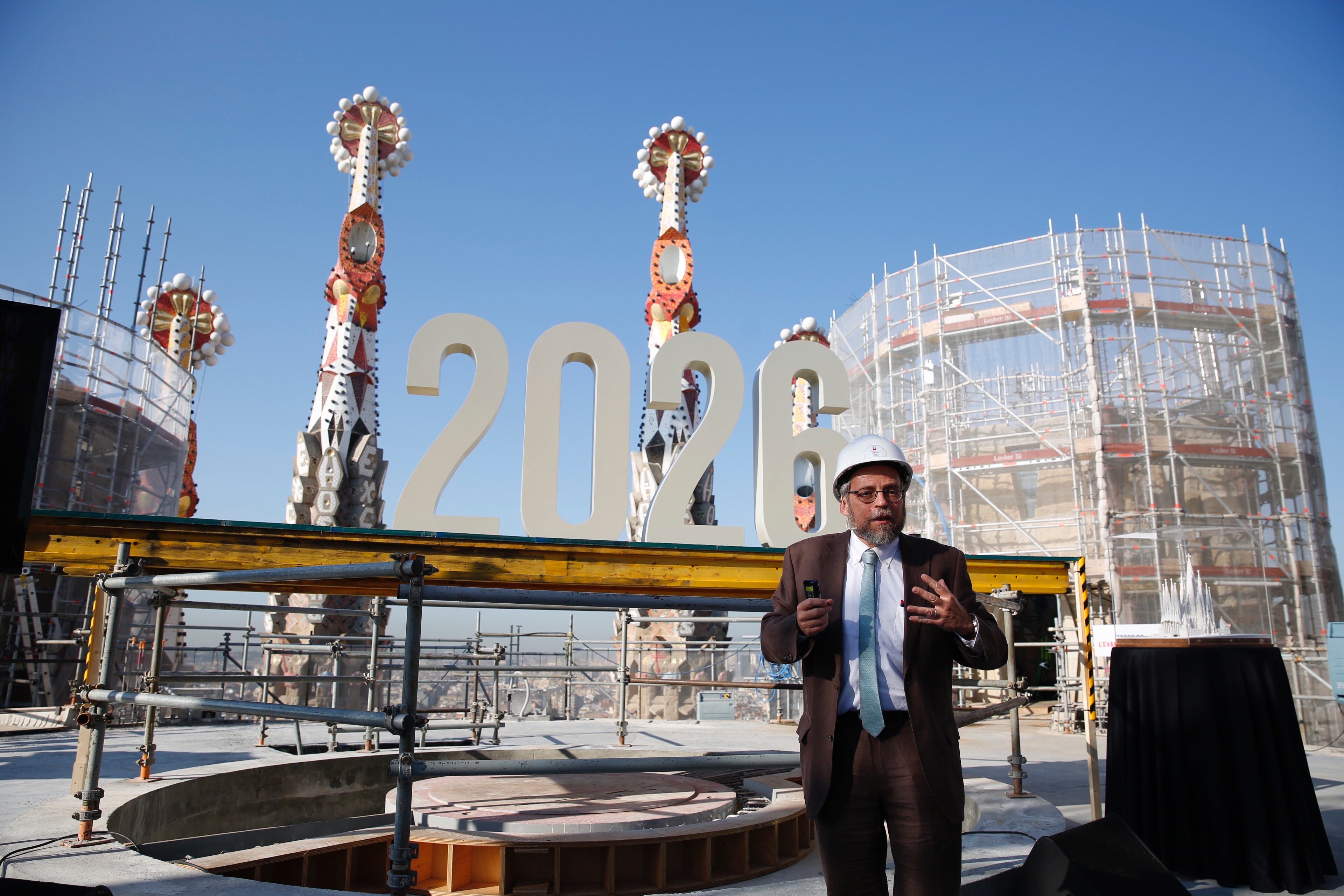It already defines the city's skyline, and has been in use as a working church since Pope Benedict XVI consecrated it in 2010, but Barcelona's Sagrada Família is still under construction. Only now, over a century after building work started, is the end in sight for Antoni Gaudí's masterpiece.

Photo: Pixabay
When did construction start?
By 1881, the Spiritual Association of Devotees of Saint Joseph, founded in 1866 by bookseller Josep Maria Bocabella for just such a purpose, purchased a plot of land for the construction of a church. At the time, it was part of the village of Sant Martí de Provençals, which would only be annexed to Barcelona in 1897.
Building started in 1882, with the cornerstone being laid on 19th March, the feast of Saint Joseph. The original architect, Francisco de Paula del Villar y Lozano, had more restrained plans for a church in the neo-Gothic style. He would step down within a year over differences of opinion with Bocabella, and his position would be given to a 31-year-old Antoni Gaudí.
With donations rolling in, Gaudí's ideas for the project started to change. He continued work on the already started crypt as his plans switched to a newer, Modernist style and a grander, more innovative vision. The project would occupy him until his death in 1926, three days after being hit by a tram. By that point, barely a quarter of his masterpiece was completed. He was buried in the crypt where his remains lie to this day.
When will it be finished by?
After Gaudí's death, the mantle was taken up by his collaborator Domènec Sugrañes, first in a line of people all working to realise Gaudí's vision, work only pausing for the Spanish Civil War (1936-39). At some point during the war, vandals set the crypt and workshop on fire, damaging or destroying all the original models and plans. Luckily, however, enough could be salvaged and pieced back together to reconstruct the overall design.
In September 2018, the temple's Construction Board confirmed work had entered the "home stretch" and that they're on track to complete the structure by 2026 for the centenary of Gaudí's death. Among the remaining tasks are the erection of the largest spires, symbolising the four evangelists, Mary and Jesus. Its planned maximum height of 172.5m (566ft) would make it the tallest church in the world, just one metre shorter than Barcelona's Montjuïc hill as Gaudí felt his creation shouldn't surpass God's.

Photo: Sergi Alcàzar
That's still not the end of the story though: decoration work will probably continue into the 2030s. Then there is the debate over the Glory façade, not even resolved when the project finally got formal building permission from Barcelona city council earlier this year. The original design would stretch across carrer Mallorca into the plot which is currently a normal city block occupied by businesses and flats.
Whatever final decision is taken on that controversy, the construction process will have still taken well over a century thanks to the intricacy and incredible complexity of the design. Although the Construction Board is not short of resources, they only go so far when tackling a project of this scale. Gaudí himself was philosophical about the matter of the timescale, once saying: "My client is in no rush".

